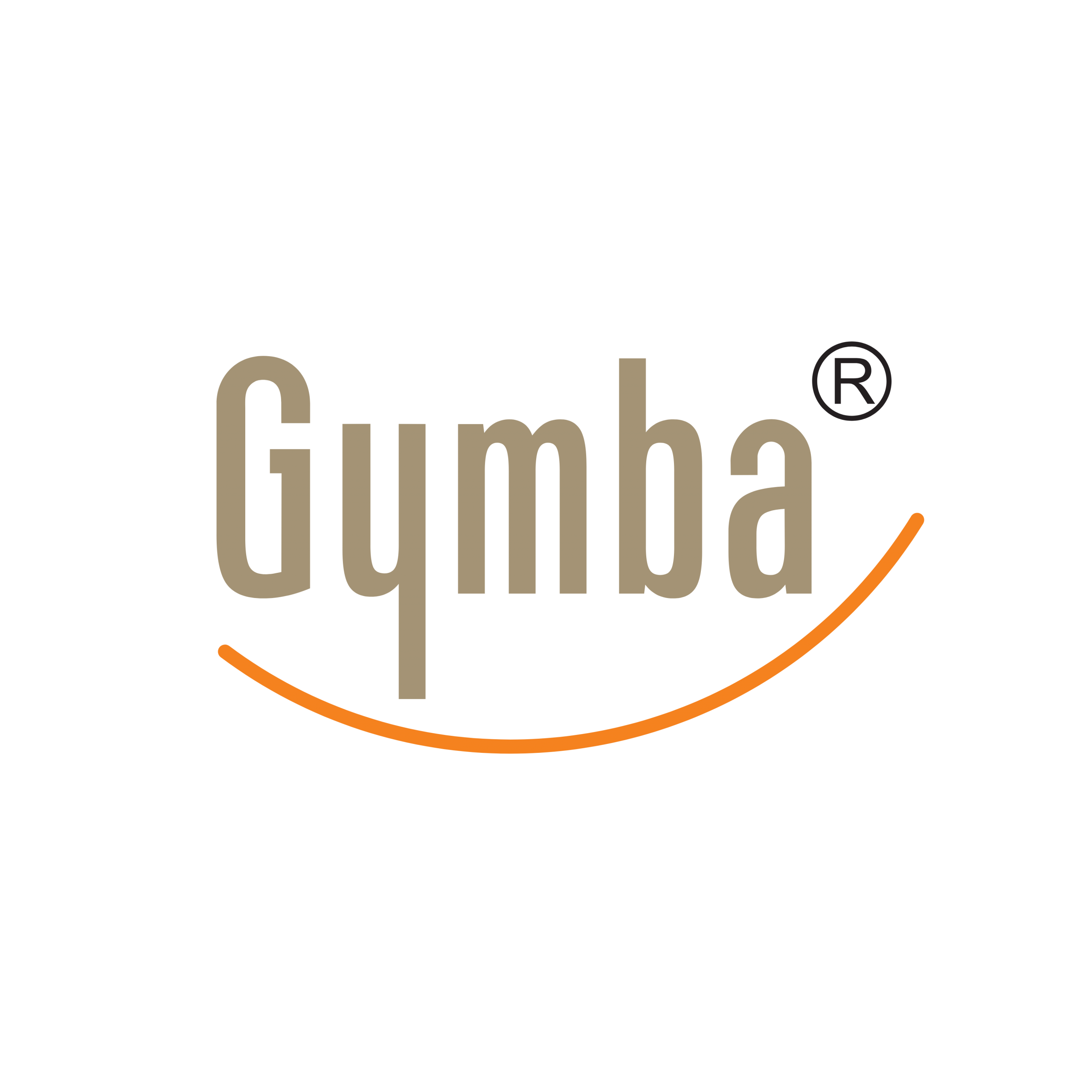Office stretches are simple, effective movements that help reduce stiffness from prolonged sitting and computer work. Regular stretching during your workday helps relieve tension in key areas like the neck, shoulders, back, wrists and hands. These quick exercises improve blood circulation, reduce muscle tightness, and can help prevent common office-related discomfort. By incorporating brief stretching breaks into your routine, you can maintain better posture, reduce strain on your body, and stay more comfortable and productive throughout your workday.
Why do you need stretches at your office desk?
You need desk stretches because prolonged sitting creates significant physical strain on your body. When you remain in one position for hours, your muscles tighten, blood circulation decreases, and tension builds up in key areas like your neck, shoulders and lower back.
The human body simply isn’t designed for static positions. Our muscles and joints function best with regular movement. During a typical desk job, many of us maintain unnaturally fixed postures that create muscle imbalances – some muscles become overstretched while others shorten and tighten.
These imbalances contribute to common office ailments:
- Neck and shoulder pain from forward head posture
- Lower back discomfort from prolonged sitting
- Wrist and hand strain from repetitive typing
- Reduced energy and mental focus from poor circulation
Beyond physical benefits, stretching provides mental refreshment. Brief movement breaks help reset your focus and improve productivity. They create natural pauses that reduce mental fatigue and help maintain concentration throughout your workday.
What are the best neck and shoulder stretches for office workers?
The most effective neck and shoulder stretches for office workers are gentle movements that counteract the forward-hunched position common during computer work. These exercises release tension in the upper body and can be easily performed right at your desk.
Try these simple stretches to relieve neck and shoulder tension:
- Neck rolls: Gently lower your chin to your chest, then slowly roll your head in a half-circle from one shoulder to the other. Repeat 5 times in each direction.
- Shoulder rolls: Lift your shoulders toward your ears, then roll them backward in a circular motion. Repeat 10 times, then reverse the direction.
- Chest opener: Clasp your hands behind your back, straighten your arms, and gently lift until you feel a stretch across your chest. Hold for 15-30 seconds.
- Ear-to-shoulder stretch: Gently tilt your head toward one shoulder until you feel a stretch on the opposite side of your neck. For a deeper stretch, you can place your hand on your head and apply gentle pressure. Hold for 15-30 seconds on each side.
These stretches work best when done slowly and mindfully. Focus on your breathing while stretching and never push to the point of pain. For optimal results, perform these exercises every 1-2 hours throughout your workday.
How can you stretch your back during the workday?
You can effectively stretch your back during the workday with simple seated and standing movements that counteract the effects of prolonged sitting. These exercises focus on gently mobilizing your spine and relieving pressure on compressed discs.
Try these back-friendly stretches:
- Seated spinal twist: Sit tall in your chair, place your right hand on your left knee, and your left hand behind you on the chair. Gently twist to the left, looking over your left shoulder. Hold for 15-30 seconds, then repeat on the other side.
- Forward fold: Sit at the edge of your chair with feet flat on the floor. Slowly bend forward, lowering your chest toward your thighs and letting your arms hang down. Hold for 20-30 seconds, feeling the stretch along your spine.
- Standing backbend: Stand with feet hip-width apart, place your hands on your lower back, and gently lean backward, looking up toward the ceiling. Hold for 5-10 seconds.
- Cat-cow stretch: If space allows, stand behind your chair and place your hands on the backrest. Arch your back upward like a cat, then slowly reverse the movement, dropping your belly down and lifting your chin. Repeat 5-10 times.
Remember to move slowly and breathe deeply during these stretches. The goal isn’t extreme flexibility but rather relieving tension and promoting healthy movement in your spine throughout the day.
What wrist and hand exercises prevent stiffness from typing?
Wrist and hand exercises that prevent typing stiffness focus on stretching the muscles and tendons in your forearms, wrists, and fingers. These movements help counteract the repetitive strain from keyboard and mouse use that can lead to discomfort or even conditions like carpal tunnel syndrome.
Incorporate these exercises into your daily routine:
- Wrist flexor stretch: Extend one arm in front of you with the palm up. Use your other hand to gently pull the fingers back toward your body until you feel a stretch in your inner forearm. Hold for 15-30 seconds, then repeat with the other hand.
- Wrist extensor stretch: Extend one arm with the palm facing down. Gently press down on the back of the hand until you feel a stretch along the top of your forearm. Hold for 15-30 seconds per side.
- Finger fans: Spread your fingers as wide as possible, hold for 5 seconds, then make a fist. Repeat 10 times.
- Thumb circles: Make a loose fist with your thumb outside. Gently circle your thumb in both directions 10 times.
- Prayer stretch: Place your palms together in front of your chest in a prayer position. Keeping your palms connected, slowly lower your hands until you feel a gentle stretch in your wrists. Hold for 15 seconds.
These exercises work best when done regularly throughout your workday. Set a reminder to perform them every hour, especially during periods of intensive typing or mouse work. Combining these movements with proper ergonomics for comfortable computer work – such as keeping wrists in a neutral position while typing – provides the best protection against computer-related hand stiffness.
How often should you take stretching breaks at work?
You should take brief stretching breaks every 30-60 minutes during your workday. This frequency helps prevent muscle stiffness before it sets in and maintains better blood circulation throughout your body.
A good rule of thumb is to follow the 20-20-20 rule:
- Every 20 minutes
- Spend 20 seconds
- Looking at something 20 feet away (to rest your eyes) and performing a quick stretch
For more comprehensive stretching sessions, aim for 3-5 minutes of movement every hour. These longer breaks allow you to cycle through several different stretches targeting various parts of your body.
To help you remember to take these breaks:
- Set calendar reminders or use a dedicated break timer app
- Link stretching to existing habits (like after sending an email or finishing a task)
- Keep a water bottle at your desk – stretching while refilling helps you stay both hydrated and flexible
- Partner with colleagues to encourage each other to take movement breaks
The exact timing matters less than consistency. Even if you can only manage a 30-second stretch break, it’s still valuable. The key is making regular movement a natural part of your workday rather than an occasional afterthought.
How can you maintain an active routine at your desk?
You can maintain an active desk routine by combining regular stretching with other movement opportunities and supportive equipment. Creating an environment that encourages natural movement throughout the day helps prevent stiffness before it begins.
Build a comprehensive approach with these strategies:
- Establish a stretching schedule with effective desk exercises with specific exercises for morning, midday, and afternoon
- Alternate between sitting and standing positions if you have an adjustable desk
- Take walking meetings or phone calls when possible
- Keep small mobility tools at your desk to encourage movement (like a stretching stick)
- Practice “micro-movements” even while seated – gentle ankle rotations, shoulder rolls, or subtle spinal movements
The right equipment makes a significant difference in maintaining an active routine. At Gymba, we’ve created ergonomic solutions specifically designed to promote natural movement throughout your workday. Our Gymba Activation Board for natural movement helps you maintain better posture, encourage beneficial micro-movements, and make stretching more effective and accessible.
Remember that consistency matters more than intensity. Small, frequent movements throughout your day provide more benefit than occasional intense workout sessions. By integrating these active habits into your regular workflow, you’ll create a sustainable approach to reducing stiffness and improving your overall well-being at work.

